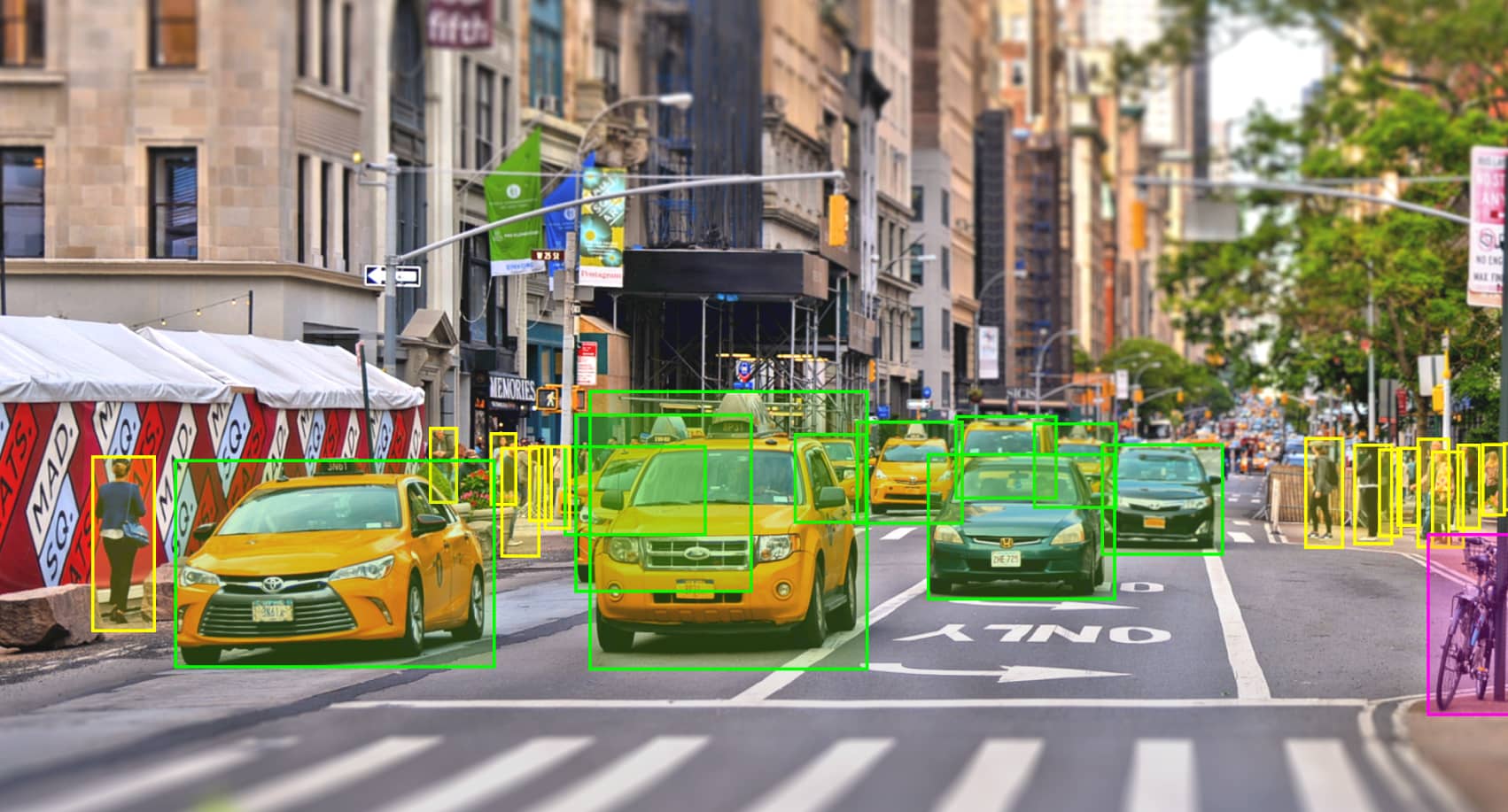In the present era of massive data, organizations from every sector rely heavily on artificial intelligence and machine learning to gain valuable insights. Image annotation, which is an essential aspect of computer vision, assists in understand visual data. In this article, we will explore the various aspects of image analysis. We also look into the importance of software, tools and solutions that facilitate decision-making based on data.

Image annotation is the process of labeling images, or by tagging them with metadata. This makes it possible for computers to interpret and comprehend visual information more effectively. Image annotation, like adding bounding boxes, polygons or keypoints to images, lets ML models determine patterns, objects and attributes. This technique connects raw image data and actionable insights, paving the way for applications in various domains, such as autonomous vehicles medical imaging, e-commerce, as well as surveillance systems.
In order to simplify the image annotation process, a vast range of annotation tools have been designed. These tools have intuitive interfaces that allow annotations to identify objects or areas that are of interest in images without any difficulty. These tools offer different annotation options, along with customizable features which can be customized to meet the specific requirements of data. Image annotation tools are a variety of tools, starting with basic drawing tools, to automatic suggestions, as well as advanced shape recognition. They can improve the accuracy and efficiency of the annotation process and allow annotators to be productive and efficient.
Image annotation tools takes the annotation process to the next level by incorporating automation and collaboration features. The software programs use ML algorithms to automatize the process which reduces manual labor and improving the speed of annotation. By employing techniques like transfer learning and active learning, the software can speed up the process of labeling while ensuring high-quality results.
An annotation software allows seamless collaboration amongst multiple annotators. It allows real-time annotation sync and commenting functionality that ensures a smooth exchange of information. This method of collaboration does not only enhance the quality of annotations, it also promotes knowledge sharing and ensures that annotations are consistent.
When choosing an image annotation system, several factors need to be taken into consideration. The solution should be able to satisfy the needs of the project. This includes the kind of annotations that are required (e.g. bounding boxes, keypoints, polygons) in addition to the scale and complexity.
Second, the flexibility of the software is important. An effective annotation system must be able to customize workflows for annotation and work with the existing software for managing data. Additionally, it should be compatible with different data formats. This flexibility means that the annotation software can seamlessly integrate into existing workflows and pipelines and workflows, increasing overall efficiency.
Thirdly, the quality of the annotations made by the solution should be evaluated. To ensure accuracy and consistency, reliable image annotation solutions use quality control mechanisms. These may include check for agreement between annotations, inter-annotator validation, and constant feedback loops between annotations and reviewers.
The impact of image annotating goes beyond the annotation process. By leveraging image annotation tools, software, and solutions businesses can enhance the potential of their data through a variety of ways. Most importantly, accurate annotations can be used to aid in the training and development of ML models with better quality and accuracy. These models can be utilized in a variety of applications, including image classification, object recognition and anomaly detection.
Image annotation can also aid in the use of data in decision-making through providing deep, relevant information from visual data. Images that are annotated with medical information, for instance are used in the health sector for diagnosing diseases, identifying anomalies and determine the best treatment options. Images are often used to make annotations in e-commerce to support image search functionality visually merchandising, visual merchandising, as well as product recommendation systems.
Image annotation combined with data science has revolutionized the way we work. It’s an effective tool that unlocks a wealth of information. It improves data analysis and reveals hidden connections. The real-time information is also generated. Annotating images helps organizations simplify their processes and go on the market quicker, while cutting costs. This also gives them an advantage. Annotated images are more easily understood and valuable for all the stakeholders in any organization because they are able to visualize concepts better than abstract diagrams. Image annotation is an effective method to transform data into actionable insights, and to maximize its use for any type of application.